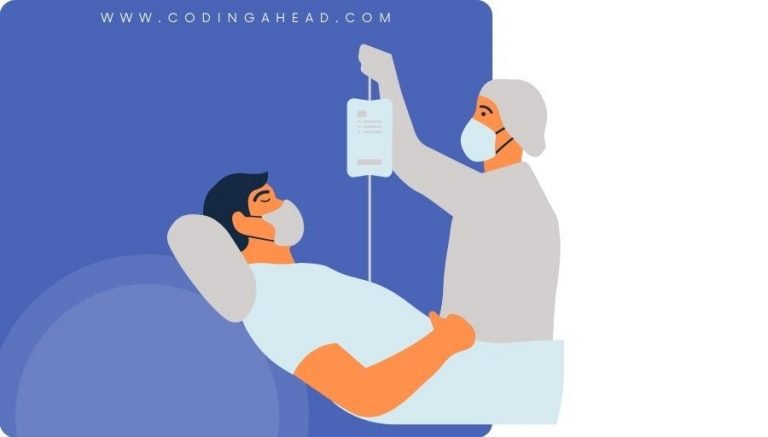How To Use CPT Code 33496
CPT 33496 describes the repair of non-structural prosthetic valve dysfunction with cardiopulmonary bypass. This article will cover the description, procedure, qualifying circumstances, appropriate usage, documentation requirements, billing guidelines, historical information and billing examples.
1. What is CPT Code 33496?
CPT 33496 can be used to describe the repair of a dysfunctional or leaking non-structural prosthetic valve using cardiopulmonary bypass. This code is used when the provider needs to address issues such as overgrowth of vascular structures or exudate that are causing the valve to malfunction.
2. Official Description
The official description of CPT code 33496 is: ‘Repair of non-structural prosthetic valve dysfunction with cardiopulmonary bypass (separate procedure).’ It is important to note that for reoperation, CPT code 33530 should be used in addition to 33496.
3. Procedure
- The provider prepares and anesthetizes the patient.
- An incision is made into the area of the previous sternotomy, typically removing the scar tissue.
- Cardiopulmonary bypass (CPB) is initiated to temporarily take over the function of the heart and lungs.
- The provider visualizes the area requiring repair by making an incision in the aorta.
- The necessary repair is performed, which may involve removing clots, thrombus, or exudate, or inserting new sutures to treat leaks.
- The incision in the aorta is closed, and the patient is taken off CPB.
- The provider removes any instruments, checks for bleeding, and closes the chest incision.
4. Qualifying circumstances
Patients eligible for CPT 33496 are those with non-structural prosthetic valve dysfunction. This dysfunction is caused by factors unrelated to the prosthesis itself, such as thrombus, blood clot, pannus, or anatomical changes in the area of the valve. The procedure requires the use of cardiopulmonary bypass and is typically performed as a separate procedure during a reoperation.
5. When to use CPT code 33496
CPT code 33496 should be used when a provider performs a repair of non-structural prosthetic valve dysfunction using cardiopulmonary bypass. It is important to note that this code should be used in addition to CPT code 33530 for reoperation cases.
6. Documentation requirements
To support a claim for CPT 33496, the provider must document the following information:
- Patient’s diagnosis of non-structural prosthetic valve dysfunction
- Description of the repair performed, including any clots, thrombus, or exudate removed or sutures inserted
- Date of the procedure
- Start and end time of the procedure
- Details of the cardiopulmonary bypass used
- Confirmation of closure of the incisions and absence of bleeding
- Signature of the provider performing the procedure
7. Billing guidelines
When billing for CPT 33496, ensure that the procedure meets the criteria for repair of non-structural prosthetic valve dysfunction using cardiopulmonary bypass. It is important to note that CPT code 33530 should be used in addition to 33496 for reoperation cases. Consider the appropriate use of modifiers if necessary.
8. Historical information
CPT 33496 was added to the Current Procedural Terminology system on January 1, 1998. It was later added to the Inpatient Only (IPO) list for Medicare in 2017.
9. Examples
- A provider repairs a dysfunctional prosthetic valve due to pannus overgrowth using cardiopulmonary bypass.
- A patient undergoes a procedure to address non-structural prosthetic valve dysfunction caused by thrombus formation, with the use of cardiopulmonary bypass.
- A provider performs a repair of a leaking prosthetic valve by inserting new sutures during a separate procedure using cardiopulmonary bypass.
- A patient with non-structural prosthetic valve dysfunction undergoes a reoperation, during which the provider removes clots and thrombus to restore proper valve function.
- A provider repairs a dysfunctional prosthetic valve by addressing anatomical changes in the area of the valve during a procedure with cardiopulmonary bypass.
- A patient undergoes a repair of non-structural prosthetic valve dysfunction caused by exudate deposition, with the use of cardiopulmonary bypass.
- A provider performs a repair of a leaking prosthetic valve by removing clots and thrombus during a separate procedure using cardiopulmonary bypass.
- A patient with non-structural prosthetic valve dysfunction undergoes a reoperation, during which the provider inserts new sutures to treat leaks and restore proper valve function.
- A provider repairs a dysfunctional prosthetic valve by addressing pannus overgrowth during a procedure with cardiopulmonary bypass.
- A patient undergoes a repair of non-structural prosthetic valve dysfunction caused by anatomical changes in the area of the valve, with the use of cardiopulmonary bypass.


